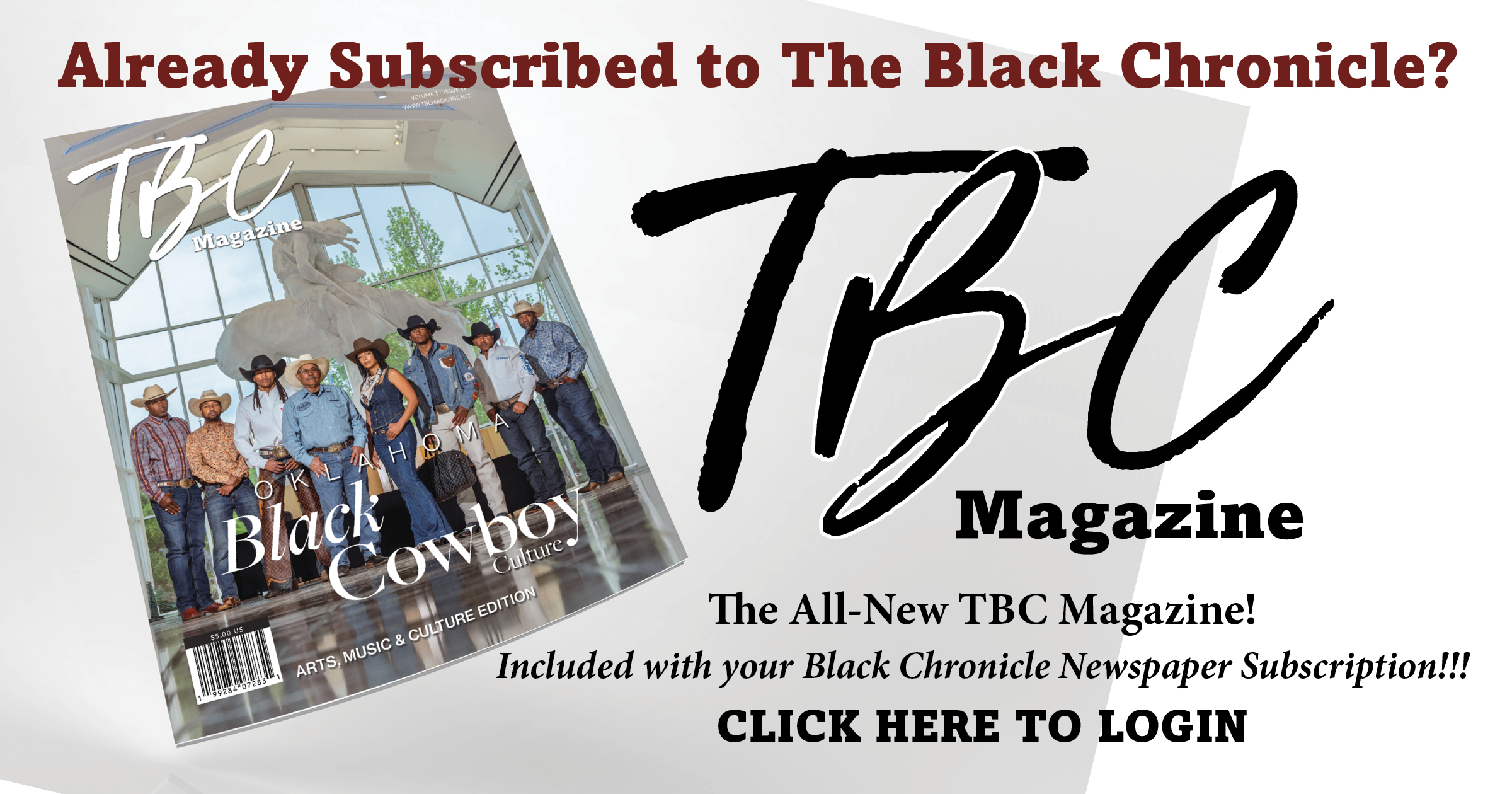(The Center Square) – Another week, another net gain of more than 900 registrations by Republicans on Democrats in North Carolina.
And with just 7,006 replacing the once worlds apart difference, the end of the calendar year is growing stronger as a ceiling to when there’s change for the first time in history of the leading major party in the state. Consequences are debatable; unaffiliated registrations, either by initial signup or switch, far outdistance both and are trending at a rate of 5 to 1 over Republicans.
Saturday’s update from the State Board of Elections sent total registrations back over 7.6 million. The total eclipsed 7.8 million on Election Day 2024; routine maintenance throughout the year is a key contributing factor to the volume decreasing.
The unaffiliated bloc gained 4,830 in the seven-day window between updates, Republicans 294 and there was a loss of 617 for Democrats – a net gain of 911 for the Grand Old Party on its rival. A week earlier, Republicans gained 912 and Democrats lost seven.
A key event happening in the past week was Thursday’s opening for early voting in the municipal elections for Nov. 4. This year’s ballots statewide are considered an off year, with no statewide elections and light turnout a perennial pattern.
The more than 7.6 million registered to vote are split to 38.7% unaffiliated (2,938,831 million), 30.4% Democrats (2,310,564) and 30.3% Republicans (2,303,558), says the State Board of Elections. Only 0.092% separates the capture of all voters by Democrats and Republicans in a state where a mere 16 years ago Democrats were in eight of 10 seats for the Council of State and commanded 30-20 and 68-52 majorities in the General Assembly.
Today those figures are 5-5 in the executive offices, and Republican have held advantages of 30-20 in the Senate and 71-49 in the House of Representatives this session.
A year ago on the third Saturday of October, the state was counting more than 7.7 million voters registered. The split was 37.9% unaffiliated (2.9 million), 31.3% Democrats (2.4 million) and 29.8% Republicans (2.3 million).
North Carolina is considered a legitimate battleground state on the national level, purple in hue rather than blue for Democrats or red for Republicans.
From the every two years elections of 1930 to 1982, Democrats were below 43 of the 50 state Senate seats just twice (won 38 in 1969, won 35 in 1973) and didn’t have fewer than 30 until only getting 26 in the 1994 cycle. From 1930 to 1982 in the House, Democrats had fewer than 102 of the 120 just six times with 85 won in 1974 the worst.
Three decades ago at Election Day 1992, North Carolinians elected Democrats to all 10 Council of State positions and majorities of 39-11 in the state Senate and 78-42 in the House.
Democrats over a 21-year period have been in freefall with North Carolina voter registrations. On Jan. 1, 2004, the state’s more than 5 million voters were split 47.6% Democrats, 34.4% Republicans and 17.7% unaffiliated.





